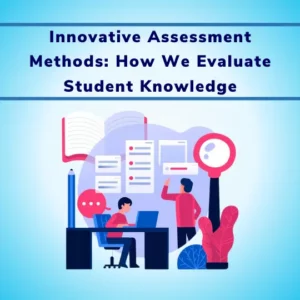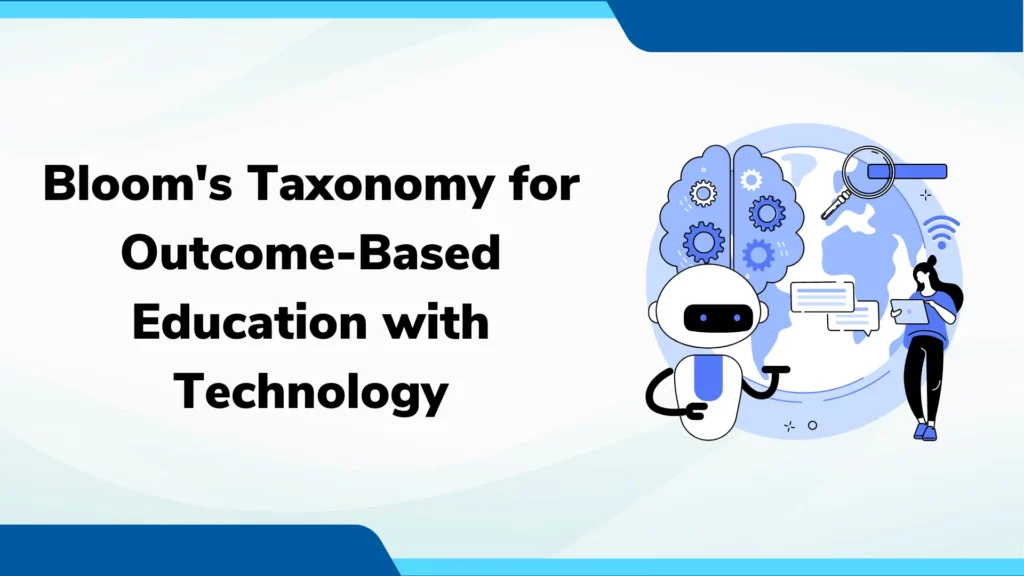
Article Contents
Introduction
Bloom’s Taxonomy is a widely recognized framework used to classify educational objectives and define different levels of learning. Developed by Benjamin Bloom and his colleagues in the 1950s, this taxonomy has become an essential tool for educators worldwide.
As we know, education is a constantly evolving field, and one of the significant transformations it has undergone in recent years is the shift towards outcome-based education (OBE). OBE focuses on aligning educational goals with desired outcomes, emphasizing the acquisition of specific skills, knowledge, and competencies.
Two prominent frameworks that have revolutionized education are Bloom’s Taxonomy and Outcome-Based Education. By understanding their interrelation, educators can create engaging and purposeful learning environments that promote critical thinking, creativity, and holistic development among students.
Technology plays a crucial role in OBE implementation by facilitating data collection, analysis, and reporting. By leveraging educational technology solutions, educators can track student learning and achievement, identifying areas for improvement and tailoring instruction accordingly.
In this article, we will look into the relationship between Bloom’s Taxonomy and Outcome-Based Education, highlighting their shared objectives and practical implementation strategies with the support of technology.
Understanding Bloom’s Taxonomy
Origins and Historical Development of Bloom’s Taxonomy:
Benjamin Bloom, a psychologist who focused on education, headed a group of researchers aiming to organize educational goals and identify the mental processes involved in learning. In 1956, they released the first version of “Taxonomy of Educational Objectives: The Classification of Educational Goals.”
The taxonomy initially included three areas: thinking and knowledge (cognitive), emotions and attitudes (affective), and physical skills (psychomotor). However, the cognitive domain received the most focus and has since become widely known as Bloom’s Taxonomy.
Bloom’s Taxonomy Revised:
In the early 2000s, a team of scholars led by Lorin Anderson, a former student of Bloom, undertook a comprehensive review of the original taxonomy. The revised version, known as Bloom’s Revised Taxonomy, was published in 2001. This revision aimed to align the taxonomy with contemporary educational practices and theories.
Bloom’s Revised Taxonomy introduced a few key changes. First, it replaced the original nouns used to describe the cognitive processes (e.g., knowledge, comprehension) with action verbs (e.g., remembering, understanding). This shift emphasized the active nature of learning and provided educators with clearer and more actionable guidelines.
Additionally, the revised version emphasized the interconnectedness and hierarchical nature of the cognitive processes. It showcased how learners progress from foundational knowledge acquisition to higher-order thinking skills, such as evaluation and creation. This reorganization aimed to guide educators in designing compelling learning experiences that fostered intellectual growth and critical thinking.
Bloom’s Revised Taxonomy continues to be an invaluable tool for educators worldwide. It serves as a framework to design a curriculum, develop learning objectives, and assess student progress. By providing a structured approach to cognitive development, it empowers teachers to facilitate meaningful learning experiences and nurture students’ intellectual growth.
Examples illustrating each level of Bloom’s Taxonomy
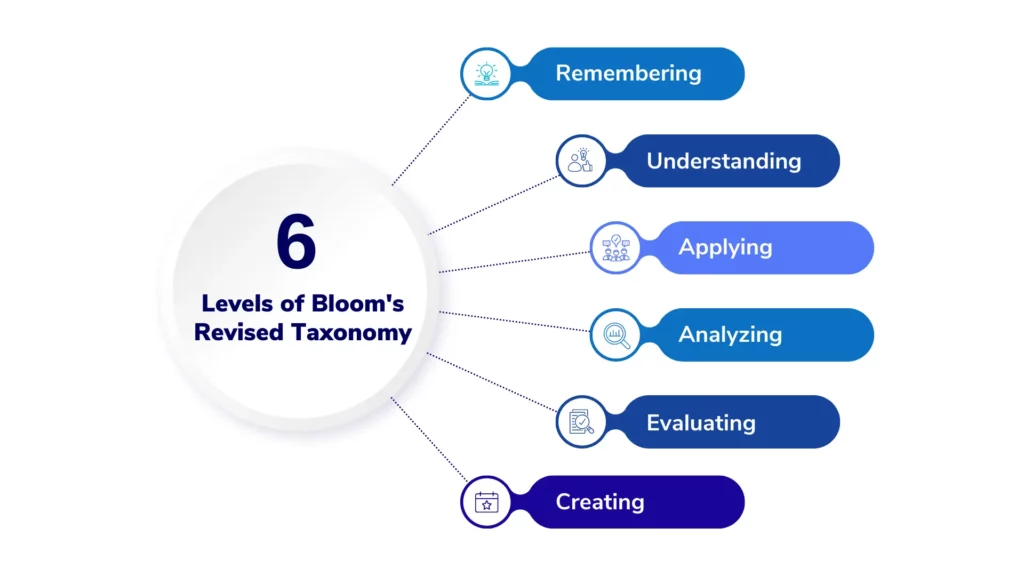
Level 1: Remembering
Course: Introduction to Programming Concepts
Learning Objective: Recall and identify the fundamental programming concepts, such as variables, data types, and control structures.
Level 2: Understanding
Course: Networking Fundamentals
Learning Objective: Explain the basic concepts of computer networks, including protocols, IP addressing, and network topologies.
Level 3: Applying
Course: Web Development with HTML and CSS
Learning Objective: Develop a responsive website using HTML and CSS, applying appropriate design principles and techniques.
Level 4: Analyzing
Course: Data Analysis with Python
Learning Objective: Analyze large datasets using Python programming language and data manipulation libraries, and interpret the results to identify trends and patterns.
Level 5: Evaluating
Course: Cybersecurity Risk Assessment
Learning Objective: Evaluate the potential risks and vulnerabilities in an information system, and recommend appropriate security controls to mitigate those risks.
Level 6: Creating
Course: Mobile App Development
Learning Objective: Design and develop a mobile application from scratch, incorporating user interface design principles, interactive features, and backend functionality.
These examples illustrate how Bloom’s Taxonomy can be applied to courses across different cognitive levels, starting from foundational knowledge and progressing towards higher-order thinking and application of concepts.
Please note that the examples provided are not exhaustive and may vary based on the course content and specific learning objectives.

Utilizing Bloom’s Taxonomy in Education
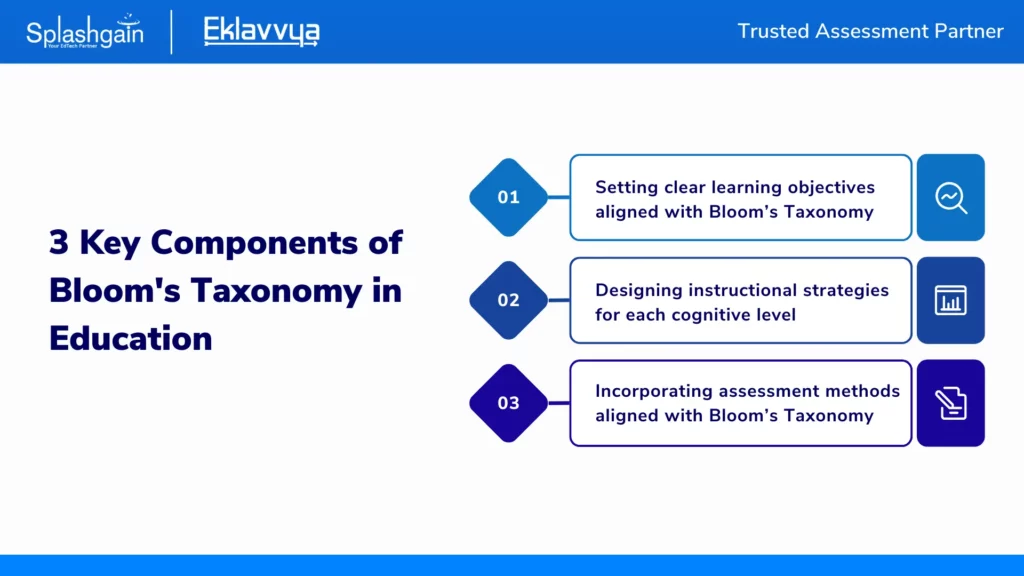
Utilizing Bloom’s Taxonomy in education involves three key components: setting clear learning objectives aligned with Bloom’s Taxonomy, designing instructional strategies for each cognitive level, and incorporating assessment methods aligned with Bloom’s Taxonomy. Let’s explore each component in more detail:
Setting clear learning objectives aligned with Bloom’s Taxonomy:
Bloom’s Taxonomy categorizes cognitive processes into six levels, which are (in ascending order): Remembering, Understanding, Applying, Analyzing, Evaluating, and Creating. When setting learning objectives, aligning them with these cognitive levels is important.
Clear learning objectives provide direction and focus for both teachers and students, ensuring that the desired learning outcomes are achieved.
For example, an objective aligned with the “Analyzing” level could be: “Students will analyze the causes and effects of a historical event.”
Designing instructional strategies for each cognitive level:
Once the learning objectives are established, instructional strategies can be designed to facilitate learning at each cognitive level. Different strategies are suitable for promoting different cognitive processes.
For instance, to facilitate understanding, instructional strategies may include concept mapping, summarizing, or explaining concepts in one’s own words.
To promote application, strategies such as problem-solving activities, case studies, or simulations can be used. The key is to select strategies that engage students in active learning and enable them to practice and develop the targeted cognitive skills.
Incorporating assessment methods aligned with Bloom’s Taxonomy:
Assessment methods should be designed to align with the cognitive levels targeted in the learning objectives. This allows educators to effectively measure students’ understanding and application of knowledge.
For example, multiple-choice questions may assess remembering and understanding, while essay questions or projects can evaluate higher-order thinking skills such as analyzing, evaluating, and creating. By incorporating various assessment methods, educators can gain a comprehensive understanding of student’s mastery of the content and their ability to apply knowledge in different contexts.
Here’s a list of assessment methods aligned with Bloom’s Taxonomy for each cognitive level:
1. Remembering:
- Multiple-choice questions
- Fill in the blanks
- Matching exercises
- True or false questions
- Recalling facts or definitions
2. Understanding:
- Short answer questions
- Summarizing passages or texts
- Identifying main ideas or key concepts
- Explaining concepts in one’s own words
3. Applying:
- Problem-solving activities
- Case studies
- Simulations
- Designing or creating a product or solution
4. Analyzing:
- Data analysis tasks
- Compare and contrast exercises
- Identifying patterns or relationships
- Constructing and interpreting charts or graphs
5. Evaluating:
- Critiquing or evaluating arguments, theories, or works
- Writing a persuasive essay or speech
- Ranking or prioritizing options or solutions
- Conducting a research-based investigation
6. Creating:
- Project-based assessments
- Designing and developing a prototype or model
- Developing a research proposal or innovative solution
Remember, these assessment methods should align with the specific learning objectives and the cognitive level targeted.
Challenges and Limitations
Identifying potential difficulties in implementing Bloom’s Taxonomy:
Implementing Bloom’s Taxonomy can pose several challenges. Firstly, the subjective nature of categorizing learning objectives into different cognitive levels can result in variations across educators and settings.
Secondly, aligning the existing curriculum or designing a new curriculum to adhere to the taxonomy requires meticulous analysis and mapping. Time constraints within the curriculum may limit opportunities for deep learning experiences. Adequate teacher training is crucial to effectively implement Bloom’s Taxonomy, but providing comprehensive professional development can be a challenge.
Assessing student learning aligned with the taxonomy’s cognitive levels can be complex, as traditional assessments may not capture higher-order thinking skills. Student readiness to engage with different cognitive levels can vary, necessitating differentiated instruction.
Along with this following are some of the potential difficulties which institutes or educators may face while implementing Bloom’s Taxonomy.
1. Limited teacher familiarity: Teachers may not be familiar with Bloom’s Taxonomy or its application, which can hinder effective implementation.
2. Time constraints: Covering all cognitive levels of Bloom’s Taxonomy may require additional time and planning, which can be challenging within the constraints of a curriculum.
3. Varying student readiness: Students may have different levels of readiness to engage in higher-order thinking skills, making it challenging to implement activities suitable for all learners.
4. Limited access to technology: Lack of access to reliable technology or limited availability of software tools can hinder the implementation of technology-based activities aligned with Bloom’s Taxonomy.
5. Training and familiarity: Educators and students may face challenges in becoming proficient with the technology tools and platforms needed to effectively implement Bloom’s Taxonomy.
6. Technological constraints: Certain software platforms may have limitations in supporting higher-order thinking activities or may not align well with the specific cognitive levels of Bloom’s Taxonomy.
Addressing challenges to ensure effective utilization:
Overcoming the limitations of implementing Bloom’s Taxonomy requires creative solutions. To address subjectivity, educators can form collaborative teams to review and discuss learning objectives, ensuring consensus on their categorization.
Adapting the curriculum can be facilitated by utilizing technology and online resources that provide pre-aligned Bloom’s Taxonomy content, saving time and effort. Access to reliable technology infrastructure and software resources is equally important to support the implementation of technology-based activities.
Finally, effective utilization requires an evaluation system that aligns with the taxonomy, allowing for meaningful assessment of student learning outcomes across the cognitive levels.
By considering the following factors, we can ensure that Bloom’s Taxonomy is utilized effectively to enhance students’ learning experiences and outcomes.
1. Professional development: Providing training and support to teachers on Bloom’s Taxonomy can enhance their understanding and ability to integrate it into lesson planning and instruction.
2. Curriculum integration: Integrate Bloom’s Taxonomy into the curriculum framework to ensure that it is incorporated consistently across subjects and grade levels.
3. Differentiation: Modify instructional strategies to accommodate students with varying readiness levels, scaffolding support for those who need it and providing enrichment opportunities for advanced learners.
4. Technology integration training: Providing comprehensive training and professional development opportunities to educators on utilizing technology tools aligned with Bloom’s Taxonomy can enhance their ability to integrate them into instructional practices.
5. Infrastructure improvement: Ensuring access to reliable technology infrastructure and software resources can support the effective utilization of technology-based activities.
6. Collaborative learning: Encouraging collaboration among educators, instructional designers, and technology specialists can help address challenges and find innovative ways to leverage technology for Bloom’s Taxonomy implementation.
Overcoming potential limitations through creative solutions:
Here we will have a look at how we can overcome the potential limitations of implementing Bloom’s Taxonomy. There are various creative solutions which can be adopted by educators to successfully implement Bloom’s Taxonomy. Teachers can collaborate and share resources, leverage technology tools, and develop their materials to ensure a diverse range of learning experiences for students.
Collaboration and professional development opportunities can help educators enhance their understanding and implementation of Bloom’s Taxonomy. Finally, effective utilization requires an evaluation system that aligns with the taxonomy, allowing for meaningful assessment of student learning outcomes across the cognitive levels.
By embracing innovation and creativity, educators can overcome these limitations and unlock the full potential of Bloom’s Taxonomy, creating dynamic and enriching learning experiences for their students.
1. Flexibility in assessment: Encourage a variety of assessment methods that allow students to demonstrate their understanding and application of knowledge beyond traditional tests, such as projects, portfolios, or presentations.
2. Collaboration and peer learning: Facilitate collaborative learning experiences where students can engage in higher-order thinking together, benefiting from each other’s perspectives and insights.
3. Authentic and real-world connections: Create opportunities for students to apply their knowledge and skills in authentic contexts, fostering deeper engagement and relevance.
4. Customization and adaptation: Explore software tools that offer customization options to align with specific cognitive levels of Bloom’s Taxonomy or modify existing tools to better meet the requirements.
5. Blended learning approaches: Combine technology-based activities with traditional instructional methods to create a balanced learning experience that encompasses Bloom’s Taxonomy.
6. Multiple technology tools: Utilize a range of technology tools and platforms to provide diverse opportunities for students to engage with Bloom’s Taxonomy, ensuring that the limitations of a single tool do not impede implementation.
Integrating Technology: AI Question Paper Generator
Introduction to AI question paper generator:
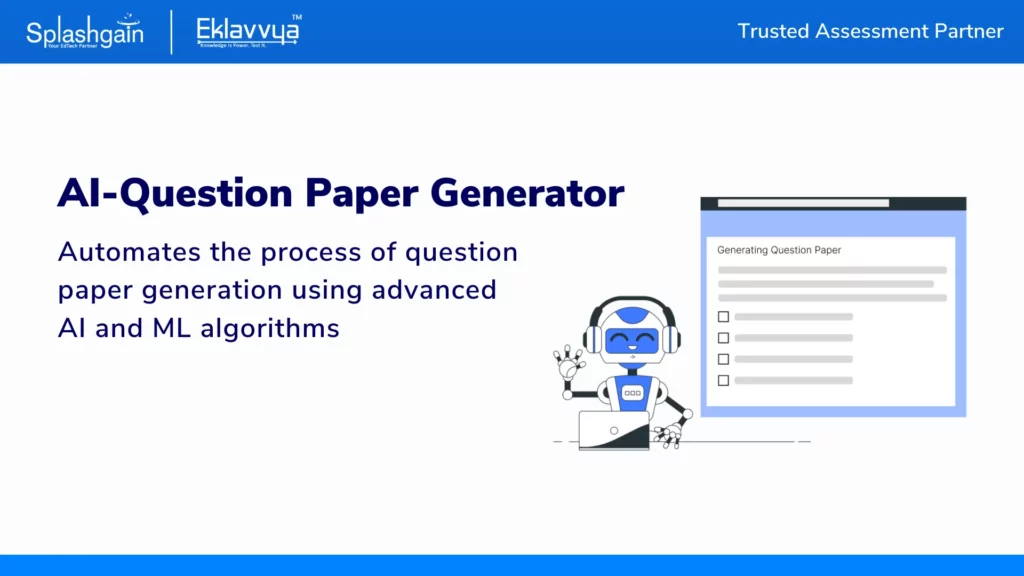
AI question paper generator is a remarkable application of artificial intelligence that automates the process of creating examination papers. By leveraging advanced algorithms and machine learning techniques, it can generate a wide variety of questions across different subjects and difficulty levels.
The system can analyze and understand the content of the subject matter, ensuring that the questions are relevant and appropriately challenging. AI question paper generator not only saves time and effort for educators but also provides a consistent and unbiased assessment for students.
It enables customization options such as selecting specific topics, formatting preferences, and even generating answer keys. This technology has revolutionized the way exams are designed, making the evaluation process more efficient and enhancing the overall educational experience.
These are some of the major points one must understand-
- AI question paper generator automates the process of creating assessments.
- It uses AI techniques like machine learning and NLP to generate questions.
- The goal is to save time and effort for educators.
How AI can assist in creating Bloom’s Taxonomy-based assessments:
AI can play a significant role in creating Bloom’s Taxonomy-based assessments by automating the process and ensuring the alignment of questions with different cognitive levels. Bloom’s Taxonomy is a framework that categorizes learning objectives into six hierarchical levels, ranging from simple recall of information to complex evaluation and synthesis of knowledge.
With the help of AI, question-generation systems can analyze educational content, identify key concepts, and generate questions that target specific cognitive levels within the taxonomy. By leveraging natural language processing and machine learning algorithms, AI can understand the depth and complexity of learning objectives, allowing for the creation of questions that accurately assess students’ higher-order thinking skills.
AI-powered question generation systems provide a valuable tool for educators such as-
- AI analyzes learning materials and generates questions aligned with Bloom’s Taxonomy levels.
- It ensures questions measure students’ cognitive skills at different complexity levels.
- NLP techniques help understand the content, extract key concepts, and generate appropriate questions.
Benefits of using AI in outcome-based education:
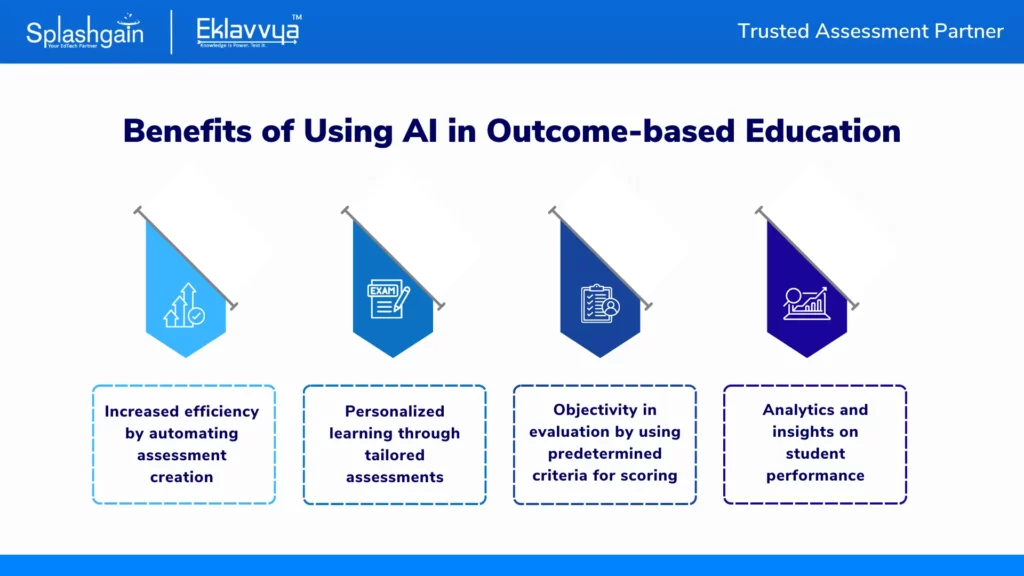
The utilization of AI in outcome-based education offers numerous benefits that enhance the overall learning experience. AI can play a pivotal role in analyzing and interpreting learning outcomes, providing personalized feedback, and facilitating adaptive learning paths.
By leveraging machine learning algorithms, AI systems can process large volumes of data, identify patterns, and generate valuable insights to improve instructional strategies and curriculum design. AI question paper generators offer objective assessment by generating questions based on predetermined criteria, reducing the potential for bias in question selection.
With an AI question paper generator, educators have access to a larger question bank, ensuring a sufficient pool of questions to assess different learning outcomes and accommodate multiple assessments. Overall, the integration of AI in outcome-based education empowers educators and learners by providing data-driven insights, personalized learning experiences, and continuous improvement opportunities.
- Increased efficiency by automating assessment creation for educators.
- Personalization through tailored assessments based on individual student needs.
- Objectivity in evaluation by using predetermined criteria for scoring.Adaptability to adjust difficulty level or provide support based on student responses.
- Analytics and insights on student performance to identify learning gaps and make data-driven decisions.
Enhancing Outcome-Based Education with AI Technology
AI technology can greatly enhance outcome-based education by personalizing assessments to meet the unique needs of each student. With AI algorithms, assessments can be tailored based on learning objectives and individual learning profiles. This means that questions and tasks can be generated specifically to match students’ abilities and learning styles.
Furthermore, AI-powered adaptive algorithms can adjust the difficulty and content of assessments in real time, ensuring that students are appropriately challenged. AI question paper generators can be updated and retrained to align with evolving learning outcomes, ensuring ongoing relevance and accuracy in assessing students’ competencies.
This customization and personalization save time for educators by automating the creation of assessments and grading processes. AI systems can generate question papers and even grade objective assessments, providing immediate feedback to students. This promotes faster learning iterations and allows educators to track student progress more efficiently.
By utilizing AI-powered analytics and data tracking, educators can gain insights into students’ strengths, weaknesses, and learning gaps. This information helps identify areas for improvement and informs instructional strategies.
Additionally, the use of an AI question paper generator within outcome-based education enhances the validity of assessments by ensuring that questions directly address the specific learning outcomes and measure students’ mastery of those outcomes.
Best Practices for Implementing Bloom’s Taxonomy and AI Technology:
To implement Bloom’s Taxonomy and AI technology effectively, there are some best practices to consider. Firstly, it’s important to align learning objectives, assessments, and instructional strategies. This means clearly defining the learning objectives and making sure they match the different levels of Bloom’s Taxonomy. Assessments should be designed to test the desired cognitive skills at the appropriate Bloom’s Taxonomy levels. Instructional strategies should support the attainment of these objectives.
Secondly, educators need training to effectively use Bloom’s Taxonomy and AI tools. Providing professional development opportunities can help teachers understand how to apply Bloom’s Taxonomy in assessments. They should also be trained in using AI tools and question paper generators to create assessments that align with Bloom’s Taxonomy. Creating a supportive environment where educators can share their experiences and learn from each other is crucial.
Next, it’s important to balance technology integration with traditional teaching methods. Technology should be seen as a tool to enhance teaching, not replace it entirely. Integrating AI technology strategically into existing instructional practices can complement and enhance traditional teaching methods. Educators should find a balance between using AI-generated assessments and incorporating other assessment strategies.
Lastly, regular evaluation and refinement of the implementation process are essential. Continuously assess the effectiveness of using Bloom’s Taxonomy and AI technology in achieving the desired learning outcomes. Collect feedback from educators and students to identify strengths, challenges, and areas for improvement. This feedback can be used to make necessary adjustments and optimize the integration of Bloom’s Taxonomy and AI tools.
In the abstract, we can say that,
- Ensure that learning objectives are clearly defined and aligned with Bloom’s Taxonomy levels.
- Design assessments that align with the intended cognitive skills and levels of Bloom’s Taxonomy.
- Offer training on the effective use of AI tools and question paper generators to create assessments aligned with Bloom’s Taxonomy.
- Recognize that technology is a tool to enhance teaching and learning, not a replacement for effective instruction.
- Integrate AI technology strategically into existing instructional practices to complement and enhance traditional teaching methods.
- Encourage educators to find a balance between using AI-generated assessments and incorporating other formative and summative assessment strategies.
- Continuously assess the effectiveness of using Bloom’s Taxonomy and AI technology in achieving desired learning outcomes.

Future Directions and Conclusion
Looking ahead, advancements in technology will have a significant impact on education. One exciting possibility is that institutes or educators can use their expertise to generate question papers, ensuring a human touch in the assessment process.
This means that teachers will have the freedom to design assessments based on student’s learning needs and the curriculum. Technology will also enable educators to analyze student performance and learning patterns, empowering them to make informed decisions about instructional strategies.
Continuous professional development for educators is crucial in this evolving landscape. Ongoing training and support are necessary to effectively integrate Bloom’s Taxonomy and AI technology into teaching practices. Professional development programs should focus on enhancing pedagogical skills, technological competencies, and assessment design.
In summary, utilizing Bloom’s Taxonomy and AI technology offers numerous benefits. Bloom’s Taxonomy provides a framework for designing assessments that measure different cognitive skills and foster higher-order thinking.
AI question paper generators provide consistent assessment across different cohorts of students, reducing variations in question difficulty and content, and ensuring fairness in evaluating student performance. AI technology automates the assessment creation process, enhances personalization, provides immediate feedback, and enables adaptive learning experiences.
As we look to the future of outcome-based education, it will continue to evolve with a focus on personalized learning, competency-based assessments, and the integration of emerging technologies. AI technology will play a significant role in supporting educators in creating meaningful assessments aligned with learning outcomes.
However, it’s important to strike a balance, as the future of outcome-based education will require leveraging technology while maintaining the vital role of educators in guiding and facilitating student learning.
Technology facilitates data-driven decision-making, personalized learning experiences, and improved collaboration, ultimately enhancing student outcomes.
An AI question paper generator is a software system that uses artificial intelligence algorithms to automatically generate examination question papers.
An AI question paper generator can be aligned with outcome-based education by generating questions that specifically target the desired learning outcomes of a course or program.
Yes, an AI question paper generator can generate diverse question types, such as multiple-choice, short-answer, and problem-solving questions, to assess a range of learning outcomes effectively.


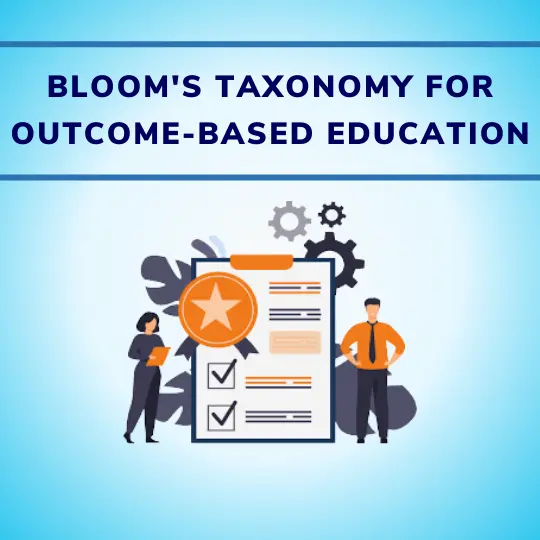
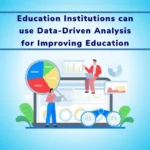
![How Government-Led Exams at 250+ Locations Are Setting New Standards of Integrity [Case Study]](https://www.eklavvya.com/blog/wp-content/uploads/2024/04/Enhancing-Exam-Integrity-Government-Certification-in-250-Locations-150x150.webp)
![Transforming Central Govt. Exams Evaluation: How Onscreen Marking is Leading the Charge [Case Study]](https://www.eklavvya.com/blog/wp-content/uploads/2024/04/How-Onscreen-Marking-Revolutionized-Central-Govt-Exams-Case-Study-1-150x150.webp)
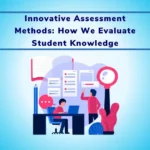
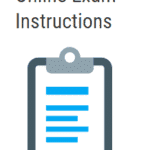

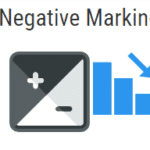









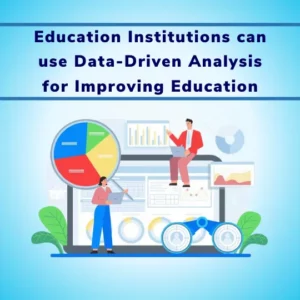

![How Onscreen Marking Revolutionized Central Govt Exams [Case Study]](https://www.eklavvya.com/blog/wp-content/uploads/2024/04/How-Onscreen-Marking-Revolutionized-Central-Govt-Exams-Case-Study-1-300x300.webp)
